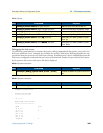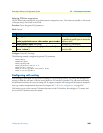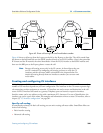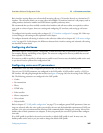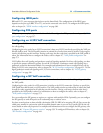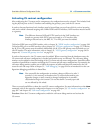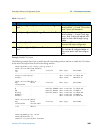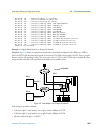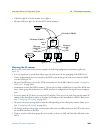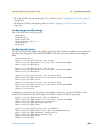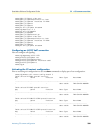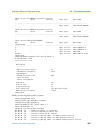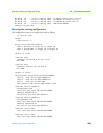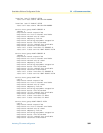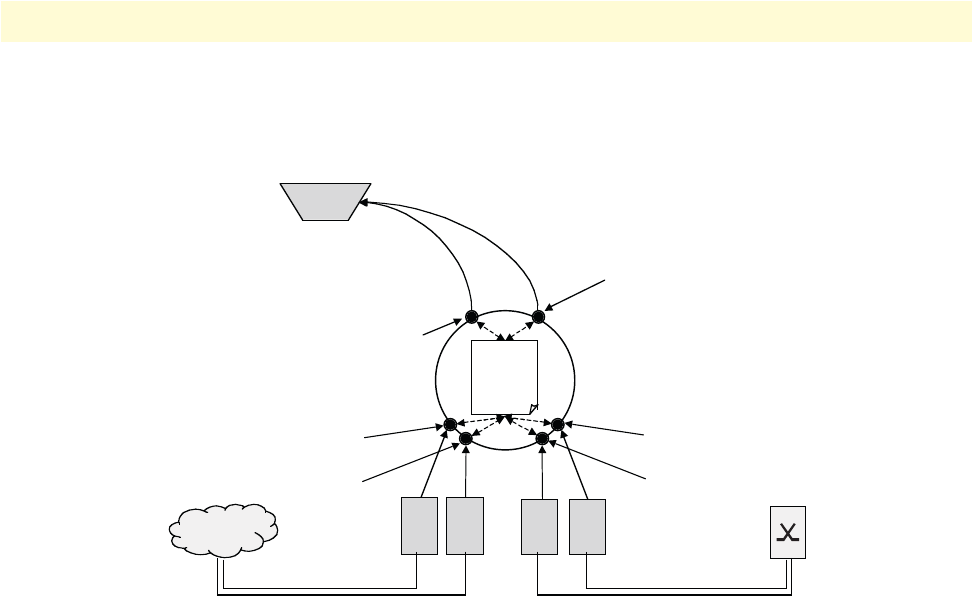
Activating CS context configuration 352
SmartWare Software Configuration Guide 31 • CS context overview
• Calls from office A or B with number 5xx to office C
• All other calls from office A or B to the PSTN (local breakout)
Figure 51. CS Configuration
Planning the CS context
Based on the criteria used in the previous example, the following configuration information applies (see
figure 51):
• It is very important to specify from where to get the clock source for the packaging of the ISDN voice
frames. In the example we are connected to the PSTN network and get the clock source from the ISDN
over the ISDN port 2/3.
• We need four BRI ports, two for the PSTN and another two for the PBX. (Refer to section “Configuring
ISDN ports” on page 348).
• Furthermore we need four ISDN interfaces. Then we have to bind each BRI port to one of the ISDN inter-
faces. A hunt group that summarizes two ISDN interfaces is configured later during call router configura-
tion.
• For every remote H.323 device we need a H.323 interface. There are two in total. One gets the remote IP
address of the SmartNode in office A, the other the IP address of the SmartNode in office B. (Refer to sec-
tion “Configuring call routing” on page 345).
• We need a call router routing table to route the calls depending on the called party number. (Refer to sec-
tion “Configuring call routing” on page 345).
• We further need two hunt groups, one that hunts calls to the two BRI interfaces to the PSTN and one for
the two BRI interfaces to the PBX.
• Then we need two other hunt group that tries to make a call over a VoIP and if this fails, falls back to the
PSTN.
Port
ISDN
2/3
Port
ISDN
2/0
Gateway
H.323
H.323 interface: IF-COMPOFF-A
PBX
PSTN
PSTN interfaces:
IF-PBX1
and
IF-PBX2
PSTN interfaces
IF-PUBLIC-PSTN1
and
IF-PUBLIC-PSTN2
H.323 interface: IF-COMPOFF-B
Context CS
switch
Session
Router
Port
ISDN
2/1
Port
ISDN
2/2



